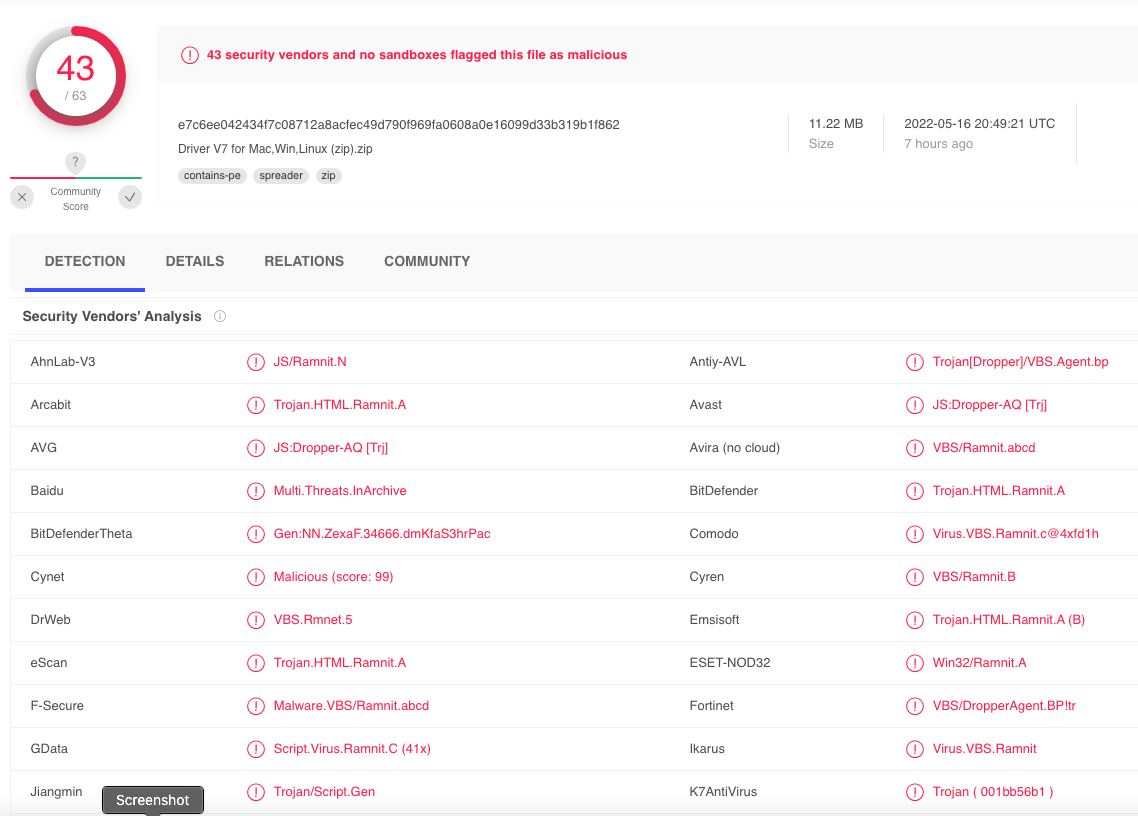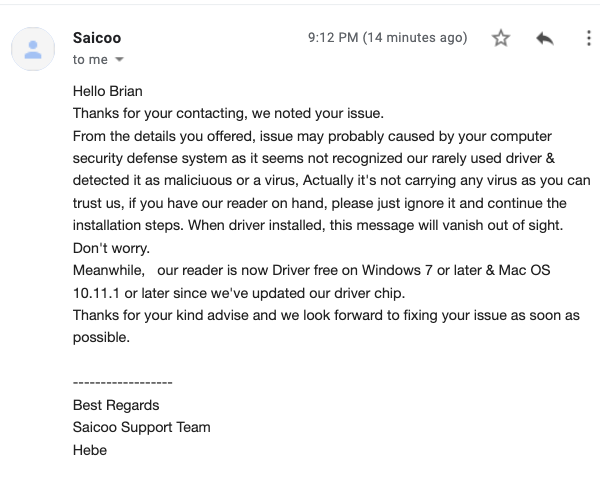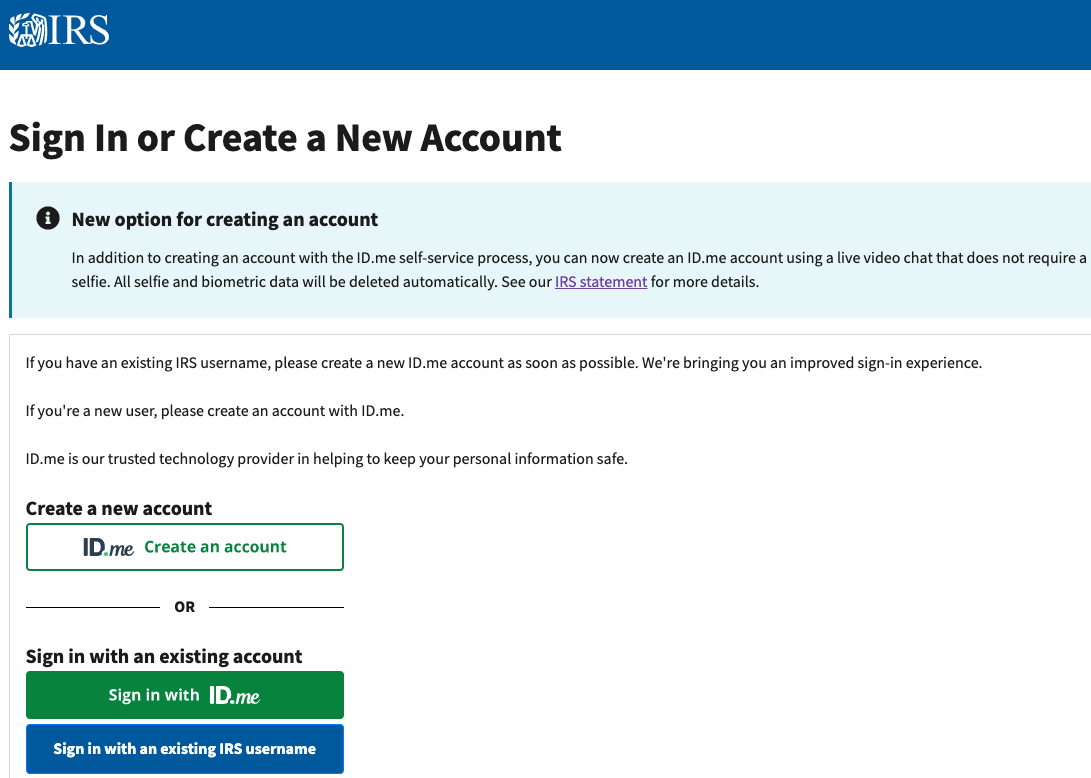Macrame Baby Swing – A Boho-Inspired Addition To Your Child’s Room
Are you looking for a fun, boho-inspired addition to your child’s room? Then macrame baby swing is a must-have. It’s perfect for those lazy summer days when you want to relax and watch your little one play.
Macrame baby swings are becoming increasingly popular, and it’s no wonder why. They add a touch of whimsy and charm to any room. Macrame baby swings are similar to hammocks, but they’re smaller and have a more delicate design.
Whether you want to buy a macrame baby swing or do it yourself, we’ve got you covered. This article will show you how to make your own macrame baby swing and where to buy one if you’re not up for the DIY challenge.
What Is Macrame?
Macrame is a form of textile-making that uses knotting techniques to create intricate patterns. It first became popular in the 1970s but has seen a resurgence in recent years due to the bohemian/boho-chic trend.
While macrame can be used to create a wide variety of items, It’s often used to make wall hangings, plant hangers, and other home decor items.
Is A Macrame Baby Swing Safe?
Yes, macrame baby swings are safe. They’re made out of lightweight materials and have sturdy construction. However, it’s important to make sure that the swing is hung securely and that there’s nothing nearby that your child could bump into while playing.
A lot of time macrame baby swings come with wooden elements like a bar or hoop. These can add extra stability and security to the swing.
Where To Put The Macrame Baby Swing?
Macrame baby swings can be hung indoors or outdoors. They look great in a child’s bedroom, playroom, or even living room. If you’re planning on using it outdoors, choose a shady spot out of the way of any potential hazards.
As with any piece of baby gear, there are some safety considerations to keep in mind when using a macrame baby swing.
- Always use the swing indoors or in a shady, well-ventilated area outdoors. The swing should never be left in direct sunlight.
- Make sure the swing is on a level surface before letting your child use it. The last thing you want is for the swing to tip over while your child is in it.
- Never leave your child unattended in the swing. Always stay within arms’ reach if your child needs help getting out or falls asleep in the swing.
- Inspect the swing regularly for any signs of wear and tear. If you see any fraying or damage to the rope, discontinue the use of the swing and replace the damaged parts.
By following these simple safety tips, you can ensure your child has a safe and enjoyable experience in their macrame baby swing.
Best Ready-To-Buy Macrame Baby Swings
If you’re not up for the challenge of making your own macrame baby swing, then there are plenty of options available to purchase. Here are some of our favorites!
S.N.HANDICRAFTS Handmade Macrame Baby Swing
This macrame baby swing is handmade in India using 100% cotton rope. It’s durable and perfect for indoor or outdoor use. Perfect for toddlers up to 50 lbs.
Mass Lumber Macrame Baby Swing Outdoor Seat with Belt
This macrame baby swing is made out of durable materials. It has a safety belt to keep your child secure and can hold up to 110 lbs. Perfect for use outdoors.
NA Wooden Macrame Baby Swing
A high-quality, handmade cotton Macrame baby swing composed of solid wood and knitted by hand, offering excellent safety and quality. The baby swing includes a 39-inch chain and a non-slip children’s seat cushion, which is both comfortable and supportive for your little one.
The swing may be raised or lowered as required to ensure that the infant is more comfortable. The swing can bear up to 80 pounds, and it is designed for children aged 1-5.
Bean Sprout Baby Collection – Baby Hammock Swing Chair
The Bean Sprout Baby Hammock Swing Chair is the perfect place for your little one to relax. It is a premium quality macrame baby swing made of 100% cotton. It is soft, comfortable, and safe for your baby.
Choosing A Macrame Baby Swing
When choosing a macrame baby swing, there are a few things to keep in mind. First, consider the size of the swing. It should be big enough for your baby to comfortably sit or lie down in but not so large that it takes up too much space in the room.
Second, think about the design. There are many different macrame patterns to choose from. Some are more intricate than others. Consider the overall style of your home and choose a swing that fits in with the rest of your decor.
Last, think about functionality. Some swings come with additional features like a wooden bar or hoop. These can add stability and security to the swing. Others come with removable cushions for added comfort. Choose the features that are most important to you and your family.
How To Make Macrame Baby Swing Yourself
Making your own macrame baby swing is excellent if you’re feeling crafty and up for the challenge. You will save money, but you’ll also get to choose the perfect design and color scheme for your home.
The Internet is full of different tutorials on making a macrame baby swing. We recommend you check out this step-by-step guide:
What Do You Need To Make A Macrame Baby Swing?
- Macrame cord
- Wooden dowel or hoop
- Wooden base
- Scissors
- Tape measure
- Pencil or pen
- Paper clips
Choosing the suitable macrame cord/rope is crucial in making your own macrame baby swing. The cord should be strong enough to support your child’s weight but also soft and comfortable to the touch.
We recommend using a 3/8-inch (9mm) cotton rope. This size is strong enough to support most babies and toddlers, but it’s also soft and gentle on the skin.
Other popular macrame cords are made of jute or hemp. These materials are also strong and durable, but they’re not as soft as cotton. If you choose to use one of these materials, add a cushion or padding to the swing, so your child is comfortable.
When searching for a macrame baby swing pattern or tutorial, double-check a list of supplies needed. Some designs call for special tools or equipment that you may not have around the house.
We also recommend reading through the entire pattern before starting. This will help you understand the steps involved and ensure you have everything you need.
How Much Macrame Cord Do I Need For A Swing?
The amount of cord you need will depend on the size of the swing and the design you choose.
Most macrame baby swing patterns call for between 50 and 100 feet (15 to 30 meters) of macrame cord.
We recommend purchasing at least 200 feet (60 meters) of cord to be safe. This will give you enough to make a baby swing and allow some mistakes along the way. You can always use the extra cord for another project or donate it to a local craft store.
What Size Rope Is Best For A Baby Swing?
The most popular macrame cord size for a baby swing is 3/8-inch (9mm). This size is strong enough to support most babies and toddlers, but it can vary depending on a particular project.
Why Make A Macrame Baby Swing?
A macrame baby swing is a beautiful and unique addition to your child’s nursery or playroom. Not only is it eye-catching, but it’s also sturdy and functional.
As your child grows, they’ll be able to enjoy the swing as a fun place to play or relax. And when they’re no longer using it, you can easily repurpose it into a wall hanging or other home decor item.
If you decide to make a macrame baby swing yourself, it’s a great way to add a personal touch to your child’s room. Plus, there is something very satisfying about creating something beautiful with your own two hands. Your baby will be able to enjoy the swing for years to come, and it will always hold sentimental value.
The post Macrame Baby Swing – A Boho-Inspired Addition To Your Child’s Room appeared first on Comfy Bummy.








 matrix.
matrix.
 New RCA for CVE-2022-22675 by
New RCA for CVE-2022-22675 by  (@cyb3rops)
(@cyb3rops)  , Ghostwriter
, Ghostwriter , and Curious Gorge
, and Curious Gorge  :
: if you will:
if you will:

 (@trufae)
(@trufae) 














 Hologram is network-based threat deception that lures in-network and insider threat actors into engaging and revealing themselves.
Hologram is network-based threat deception that lures in-network and insider threat actors into engaging and revealing themselves.